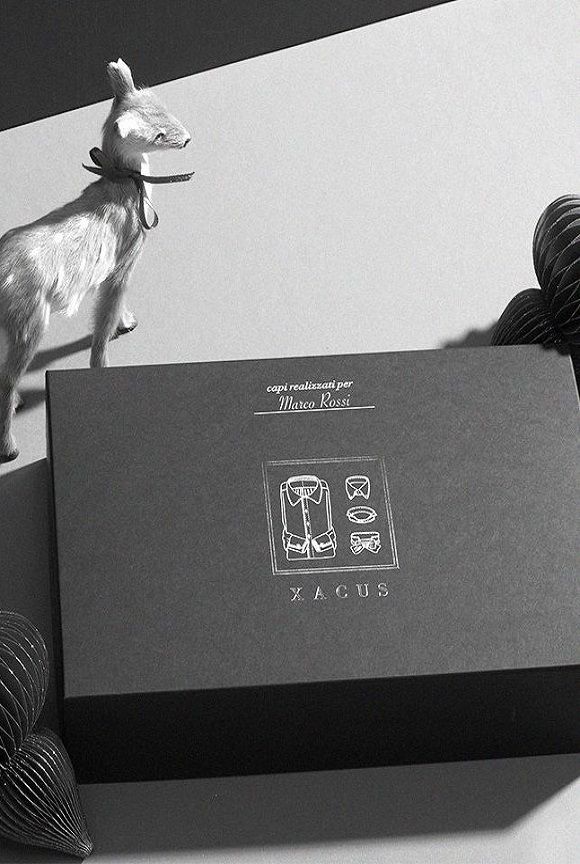The shirt as an item of clothing was transformed, leaving legs and thighs uncovered and increasingly becoming an important element in the aesthetic codes of the period.
Trade with different European countries led to exchanges of new fabrics and the most prestigious were used to make shirts for men and chemises for women.
In Florence, Milan and Naples, the sleeves on habits were cut on the outer part, from the upper arm to the wrist, along the elbow; the front part of these habits showed the – increasingly elegant – details of the shirt that was worn underneath. Some shirts also had fine cords to adjust the neckline, with embroidery in black silk or gold thread; necklines began to be gathered, with the addition of braids and trimming, as well as openings over the chest.
The aesthetic function of men’s shirts and women’s chemises continued to become increasingly important, to the extent that some Italian cities, such as Venice, became famous for the extreme beauty of the models they made.
In the latter part of the 1500s, collars were enhanced with small gathered sections similar to frills: upturned collars with lace trim, worn mainly by middle-class men.
This part of the shirt underwent more transformations over the decades, culminating in the ruff collar: large and with stiff fluting, a genuine exaggerated look worn by gentlemen.
In the Renaissance, therefore, the high aesthetic value of the shirt began to be recognised, even if the path to the modern-day shirt, like the ones we wear every day, would still be a long one.

